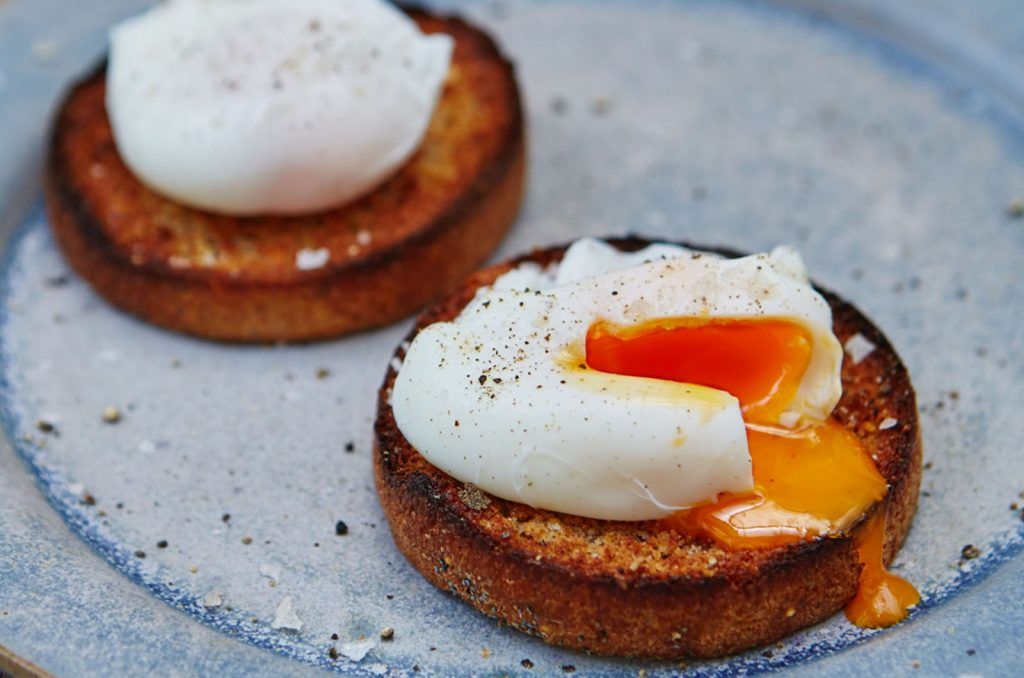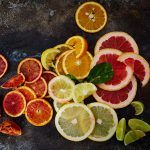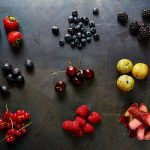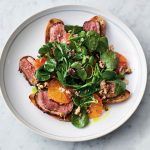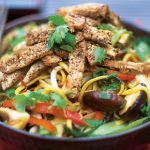A poor diet does our bodies no favours in keeping healthy. That’s not to promise that a super-healthy diet will prevent you from ever catching a cold, but it will certainly do you no harm in helping you to keep fighting fit and feeling fine.
You often see people reaching for the orange juice or vitamin C supplements as soon as they start to feel a little under the weather, however, there are many different vitamins and minerals that have been proven to help our immune system to function properly. As well as the famous vitamin C, this also includes copper, folate, iron, vitamin A, vitamin B12, vitamin B6, vitamin D and zinc.
Our immune systems need all of these key vitamins and minerals to function properly, and there are many foods out there that are good sources of them. The key, as ever, is to make sure you’re getting a variety of different foods into your diet. That way, you decrease the risk of being deficient in any of these nutrients, and as a consequence, reduce the risk of becoming ill. To help you on your way I’ve given you examples of where these nutrients can be found – often in some of Jamie’s favourite ingredients.
VITAMIN C
Vitamin C is found in so many foods, you would actually have to try quite hard to be deficient! Chillies contain more vitamin C than any other fruit – just one large chilli can provide you with almost half your daily requirement for vitamin C. Many other fruits and vegetables are high in vitamin C, including brassica vegetables such as cauliflower and broccoli, citrus fruits, white potatoes and sweet potatoes, green leafy veg (think kale, spinach and their relations), tropical fruits such as kiwis and mangoes, and many others, too. This whole roasted cauliflower will top up your vitamin C levels.
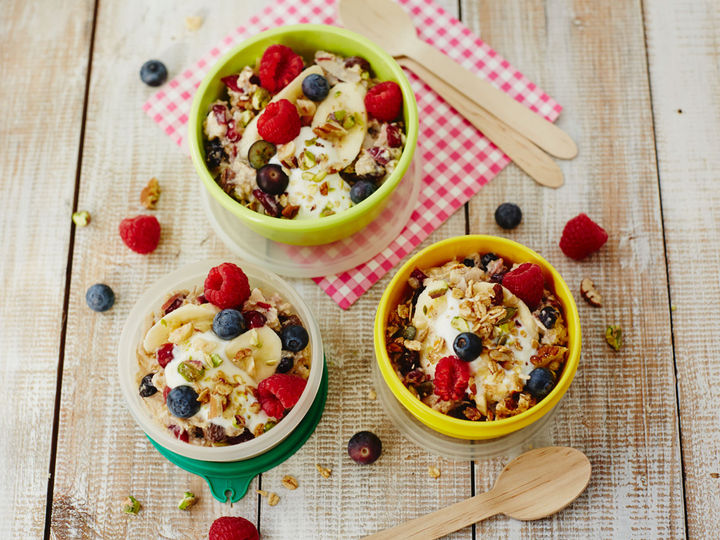 Make a big batch of Jools’ granola and seal it in an airtight container for a tasty topping for yoghurt that can be enjoyed all year round
Make a big batch of Jools’ granola and seal it in an airtight container for a tasty topping for yoghurt that can be enjoyed all year round
COPPER
Copper can be found in a wide variety of foods, but particularly high amounts are present in certain nuts and seeds, such as cashew nuts and pumpkins seeds. It’s also present in some grains, including the naturally gluten-free buckwheat and quinoa. Jools’ gorgeous granola is a perfect choice for getting more copper in your diet.
IRON
Iron, a micronutrient that women are particularly susceptible to becoming deficient in, comes in two forms: haem iron, which is found in both white red meat; and non-haem iron, which is found in plant sources and is more difficult for our bodies to absorb. You can, however, increase absorption by eating iron-rich foods alongside foods containing vitamin C: a nutrient that increases iron absorption. Non-meat sources of iron include dried fruits such as dates and apricots, dark green leafy vegetables such as spinach, and beans and legumes (black beans and red lentils are particularly good sources). Some herbs, spices and quinoa also contain iron. This delicious squash dahl is a great meat-free option for upping your iron intake.
VITAMIN A
Vitamin A is famous for being present in root (or orange/yellow) vegetables – think squash, sweet potato, swede and carrots – in the form of beta carotene. Vitamin A is also found in eggs and a few green leafy vegetables, such as spinach. Not only is Jamie’s roast carrot and fennel soup is a real winter warmer, it’ll top-up your vitamin A too.
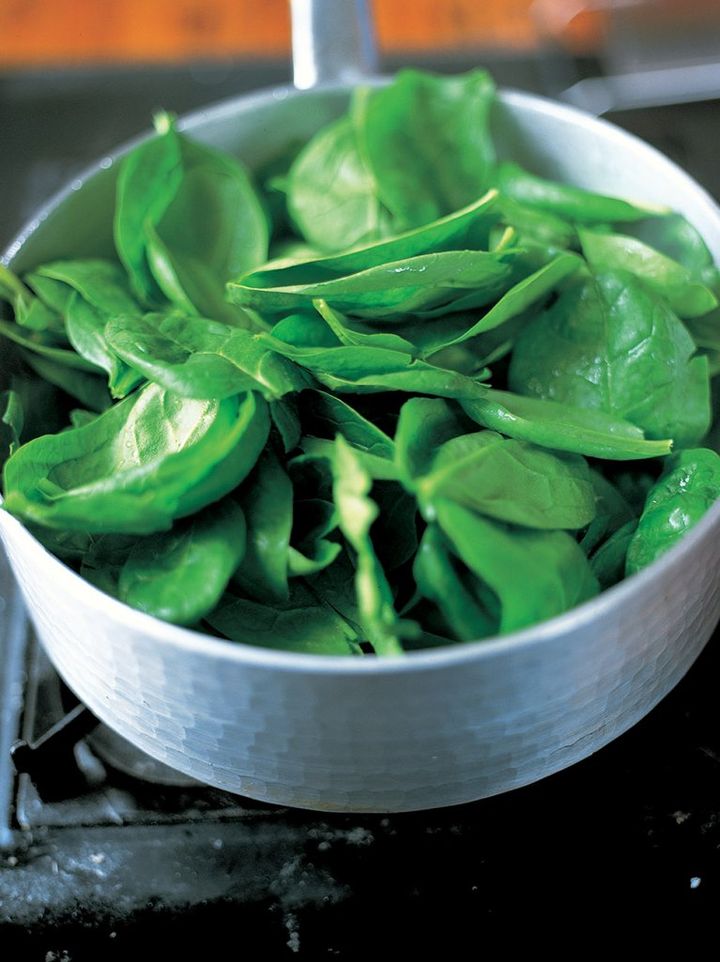
A little butter, a grating of nutmeg and a squeeze of lemon juice – simply perfect greens!
FOLIC ACID
Folic acid is found in similar foods to vitamin C: lots of different fruits and vegetables. Beans and legumes are also a great source – think peas, broad beans, chickpeas, black beans… Green veggies also tend to be a good source of folic acid, particularly spinach, kale, asparagus, broccoli and courgettes. This perfect braised spinach is packed with folic acid.
VITAMIN B12
Vitamin B12 is found almost exclusively in meat and fish products: chicken, lamb, prawns, white and oily fish, and also eggs. Just two eggs will provide you with your daily amount of vitamin B12, making them a brilliant source! Vegans can get some of their vitamin B12 from fortified cereals and soya or nut milks as well as from yeast extracts such as Marmite, however some might need a vitamin B12 supplement, so best check with your doctor.
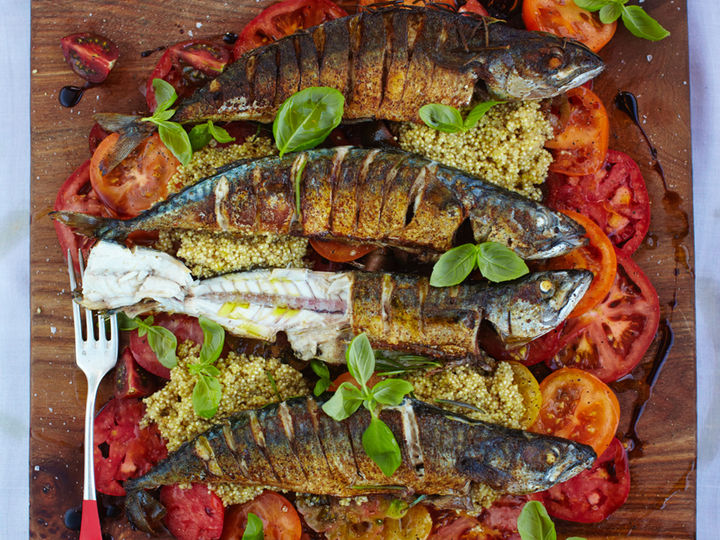 Super tasty, mega nutritious and ready in just 15 minutes – this mighty mackerel is a brilliant all-rounder
Super tasty, mega nutritious and ready in just 15 minutes – this mighty mackerel is a brilliant all-rounder
VITAMIN D
Vitamin D is similar to vitamin B12 in that it is found almost exclusively in animal products. Fish is a major source, particularly oily fish like salmon and mackerel. This mighty mackerel with mixed tomato quinoa salad can provide you with some vitamin D. Vegans can get their vitamin D from fortified breakfast cereals and some dairy-free milks, for example, soya milk. However, food alone, might not provide us with all the vitamin D we need every day – the sun is actually one of the best ways to up your vitamin D status, however, depending on where you live, this can be hard to come by, so during the winter months, you might need a supplement, but check with your doctor first. s
ZINC
Finally zinc. As well as for a healthy immune system, we also require zinc for metabolic function and also for our bodies to be able to synthesise (make) DNA. Zinc can be found in meat, shellfish (prawns and mussels are good sources) and dairy products, but also in some cereals and grains, for example wholemeal wheat flour and also gluten-free buckwheat. To pack in loads of zinc, try this incredible wood-fired shellfish recipe.
As you can see by the huge number of foods listed above, the more you vary your diet, and indeed, the more fruit and veg you pack in, them more likely you are to keep your immune system strong and healthy
A good start is to work out which foods, from the food groups, you aren’t eating enough of, and so which nutrients you may be missing out on as a result. That way, you can find out which foods you need to start incorporating into your diet.
